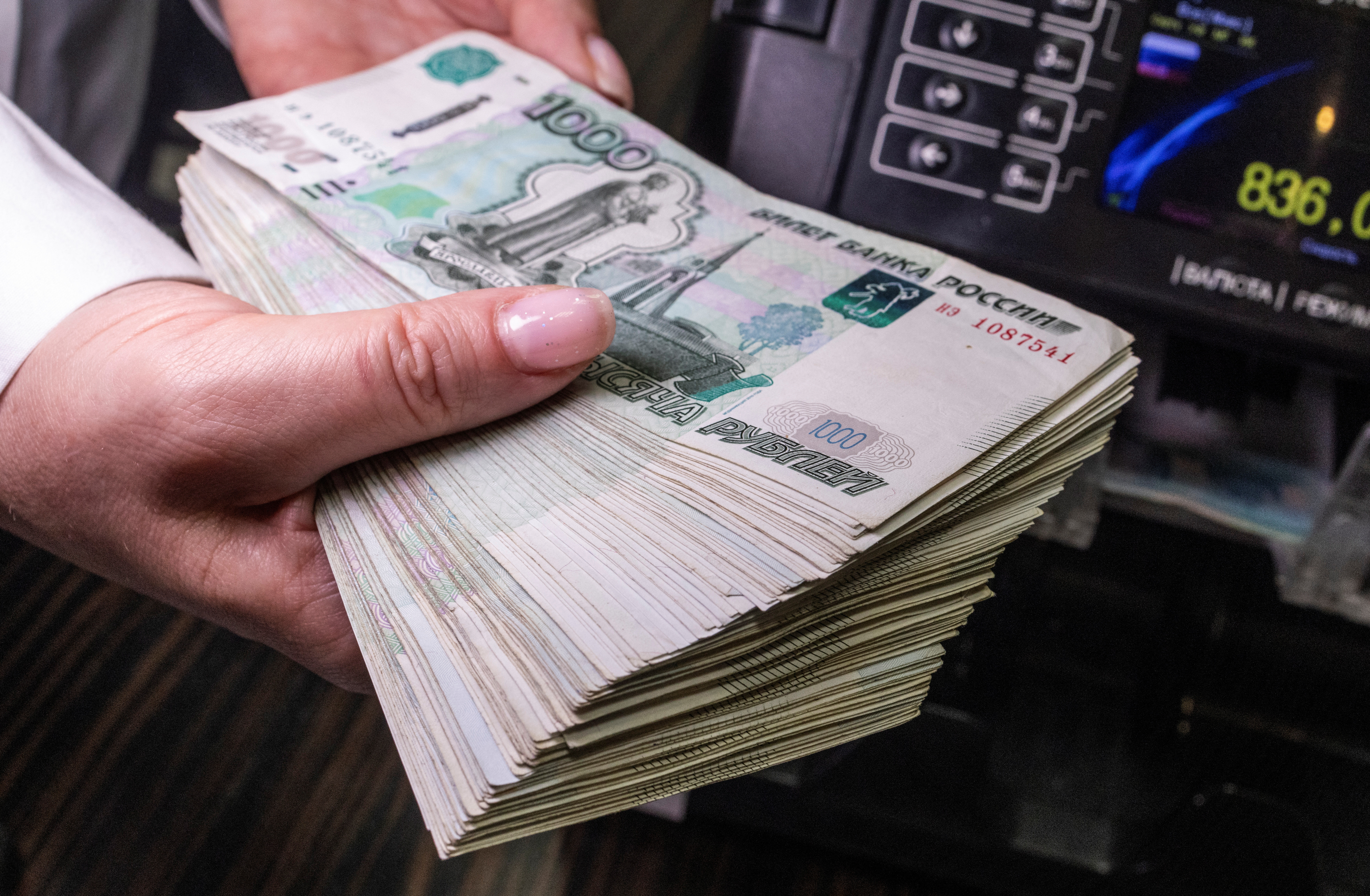
Efforts to shift from traditional trade currencies to local currencies have intensified as both countries seek to reduce dependency on the US dollar and Euro in their transactions. The surge in trade, largely influenced by Russia’s geopolitical situation, has prompted this renewed focus on strengthening the rupee-ruble payment framework.
The mechanism under discussion is expected to facilitate smoother transactions between Indian and Russian businesses, allowing for a more seamless exchange of goods and services without the need for intermediaries in other currencies. This approach is seen as a step towards enhancing economic cooperation and fostering closer financial ties between the two nations.
Russia has become a key supplier of energy to India, with oil and coal imports from Russia increasing sharply. In response, India has become a significant purchaser of Russian crude oil, refined products, and fertilizers. This trade shift has necessitated a more efficient payment system to support the growing volume of transactions.
However, the existing rupee-ruble payment arrangement has faced hurdles, primarily due to issues related to currency convertibility and the volatility of the ruble. These challenges have led to delays and complications in settling trade payments, creating an urgency to develop a more stable and reliable mechanism.
The renewed talks between the central banks are focused on finding solutions to these issues, with both sides exploring the possibility of setting up dedicated accounts in their respective countries. Such accounts would allow for direct currency exchanges, bypassing the need for third-party conversions and reducing the risks associated with currency fluctuations.
There is also consideration of expanding the scope of this mechanism beyond energy trade to include other sectors where India and Russia have growing economic ties, such as defense, pharmaceuticals, and technology. By broadening the range of goods and services traded in local currencies, both nations aim to solidify their economic partnership and minimize the impact of global financial volatility on their bilateral trade.
As these discussions progress, there is cautious optimism among industry experts about the potential benefits of a successful agreement. A well-structured local currency trade mechanism could not only ease payment bottlenecks but also pave the way for more resilient economic relations between India and Russia.
The talks come at a time when global trade dynamics are shifting, with countries increasingly looking for ways to insulate their economies from external shocks. For India and Russia, enhancing local currency trade is seen as a strategic move to safeguard their economic interests and strengthen their bilateral ties in an increasingly uncertain global environment.
While the final details of the mechanism are still under negotiation, the commitment from both central banks signals a strong intent to overcome the existing challenges and create a more efficient and sustainable framework for future trade. The outcome of these discussions could have far-reaching implications, not just for India and Russia, but also for other countries looking to diversify their trade currencies in the face of global economic uncertainty.
Topics
Live News
